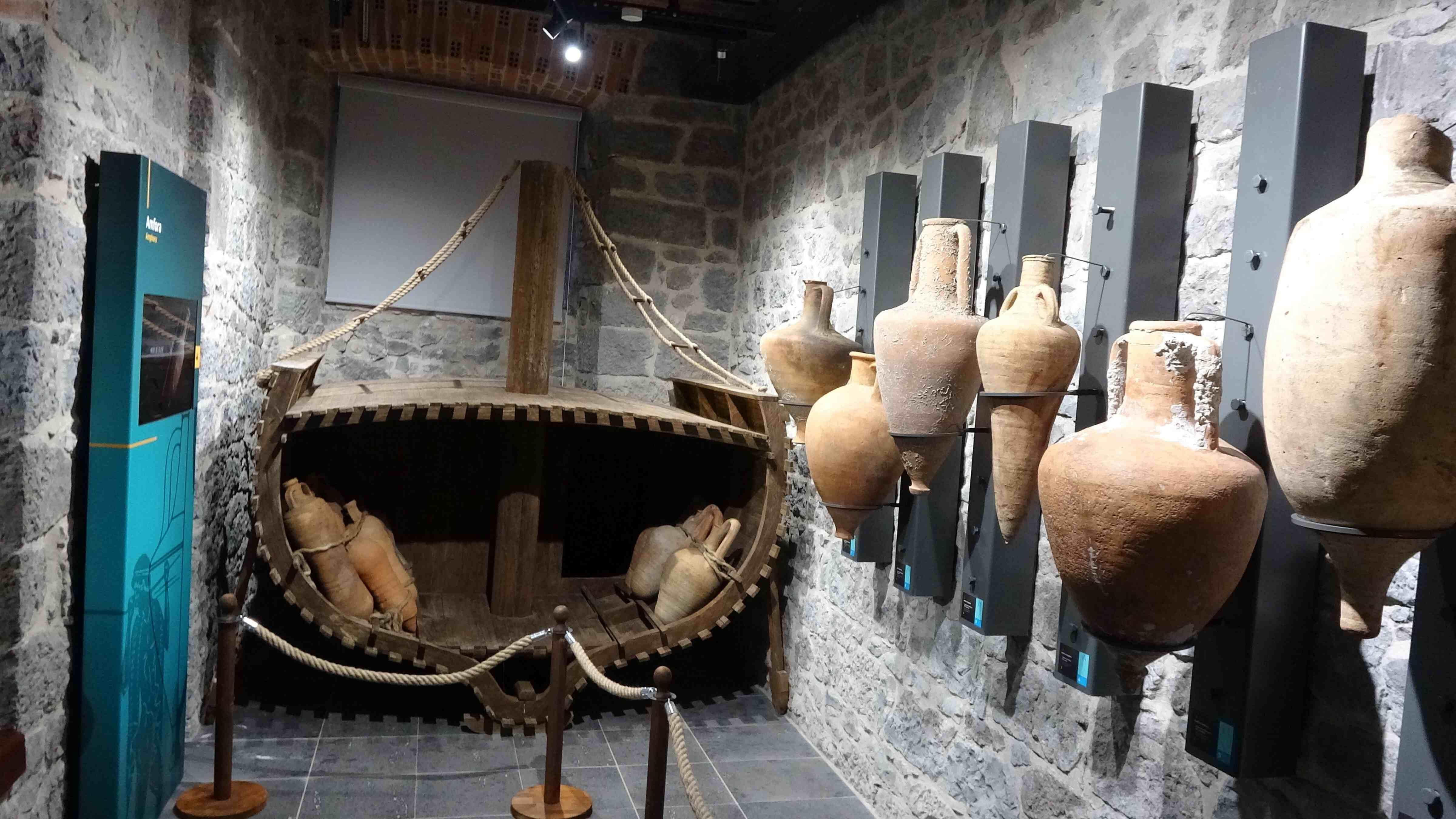
The Trabzon Museum, also known as the Kostaki Mansion, reopened on May 30 to visitors following nearly eight years of comprehensive restoration and exhibition work.
The museum now features thousands of artifacts, including traces of human life dating back 10,000 years and lots of items from the Roman and late Ottoman periods.
Among the highlights are prehistoric stone tools such as flint and obsidian implements unearthed in the Koskarlı Cave in the Düzköy district. These artifacts, made from raw materials like volcanic glass, are believed to have been used by the earliest inhabitants of the region. They reveal that cave-dwelling humans lived in what is now Trabzon around 10,000 years ago.
The museum showcases these early traces of human settlement alongside key pieces from antiquity. These include the head of a statue of Zeus from the third or fourth century A.D., a statue of a woman wearing a peplos from the second century A.D., and a votive relief from the Roman period. Sculptures and objects made of stone, clay, metal and wood from both ancient Greek and Roman times are also on display.
In addition, a dedicated section of the museum presents findings from recent archaeological surveys and excavations in and around Trabzon, which have confirmed that the region has been continuously inhabited since at least 10,000 years ago.
According to a team led by Associate Professor Hülya Çalışkan from Karadeniz Technical University’s Archaeology Department, evidence suggests that local populations continued to live in the area through the end of the Iron Age (1200–700 B.C.). When a Greek colony was founded in Trabzon in the late seventh century B.C., the region was already inhabited by indigenous communities.
Artifacts from the late Ottoman period are also prominently featured, including traditional weapons, ceramics, clothing, and other everyday items, all meticulously displayed in specially curated sections.
The restoration work, which focused on both preservation and modern exhibition techniques, transformed the Trabzon Museum into a significant cultural and historical hub, drawing attention to the region's rich history.